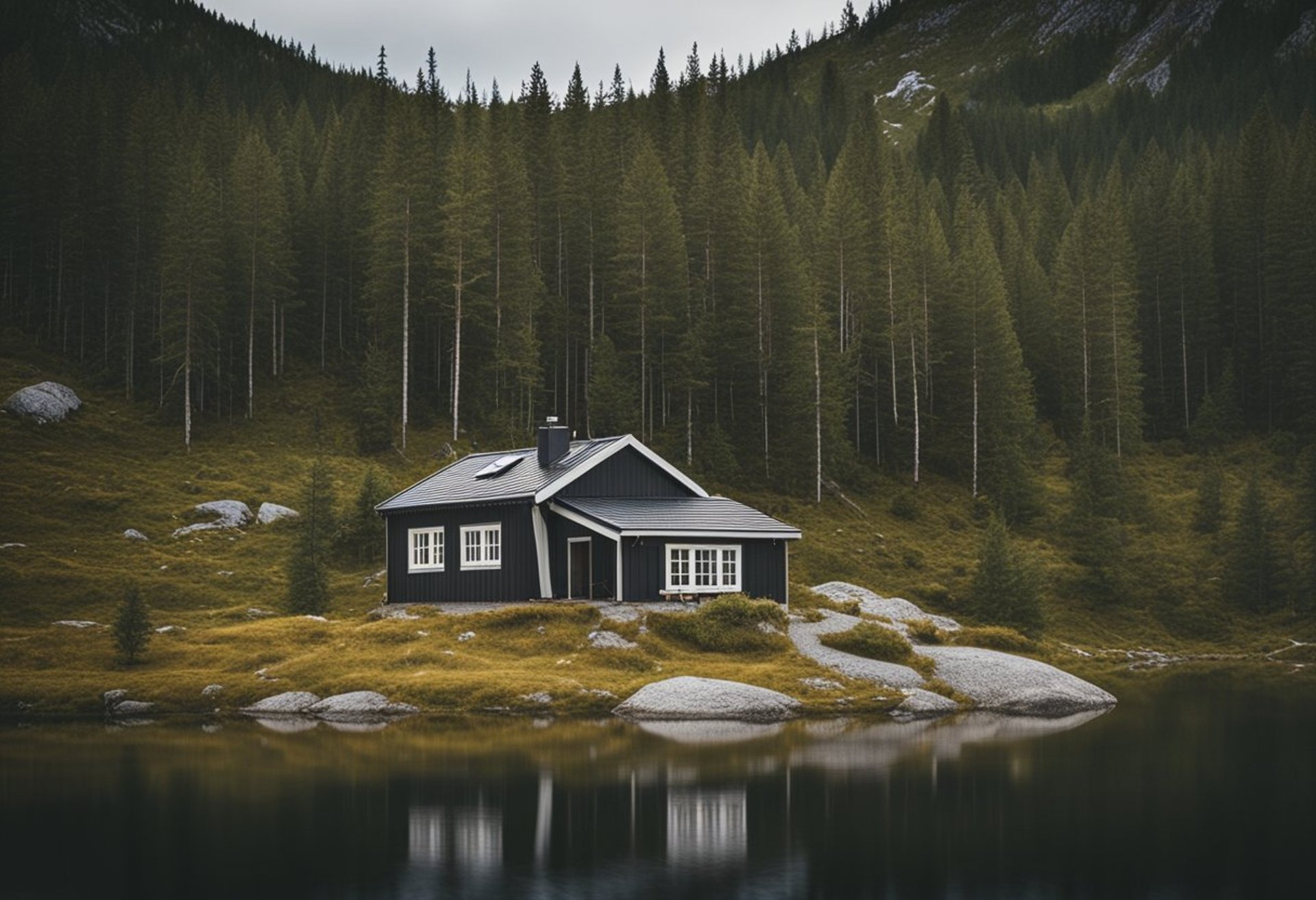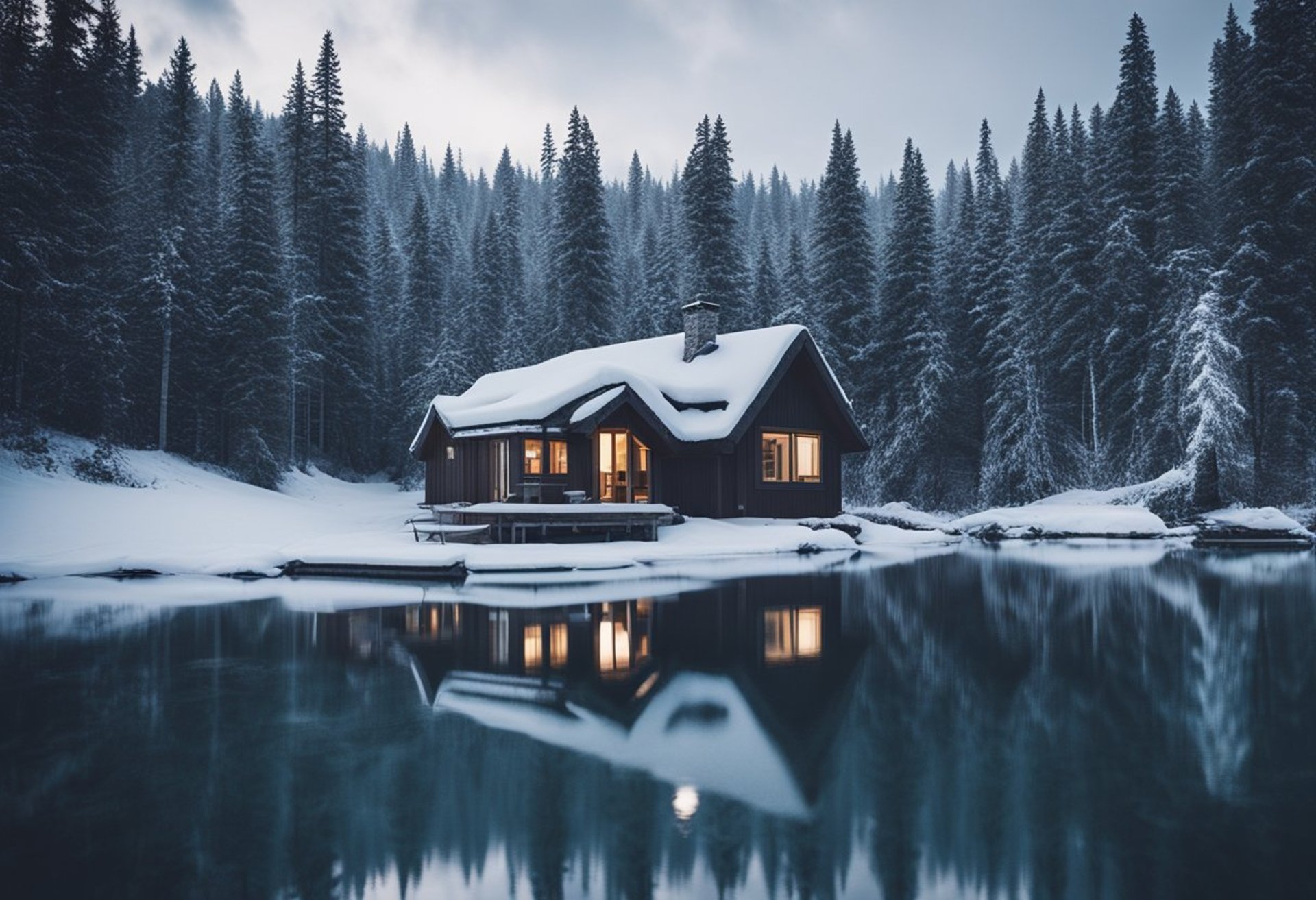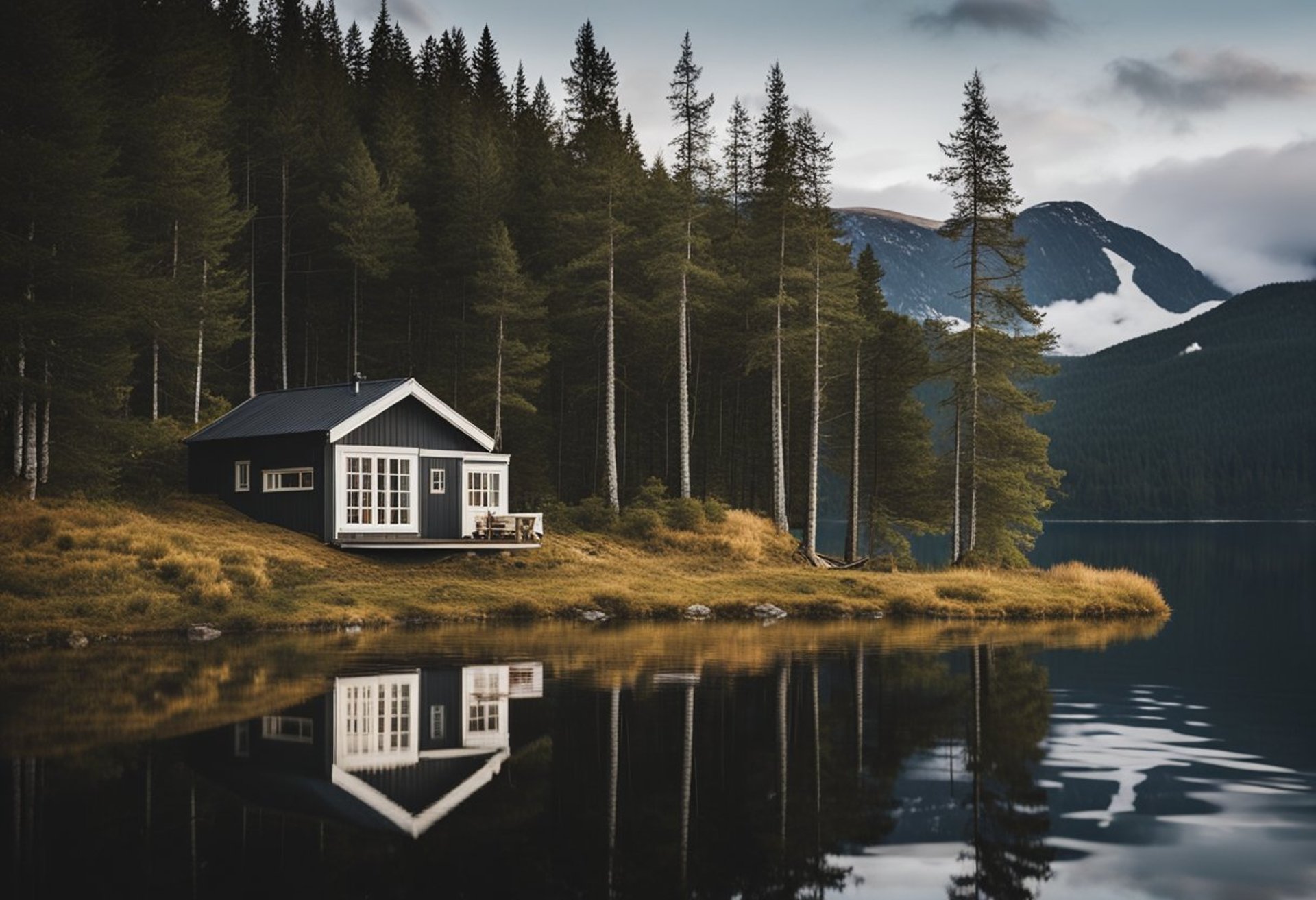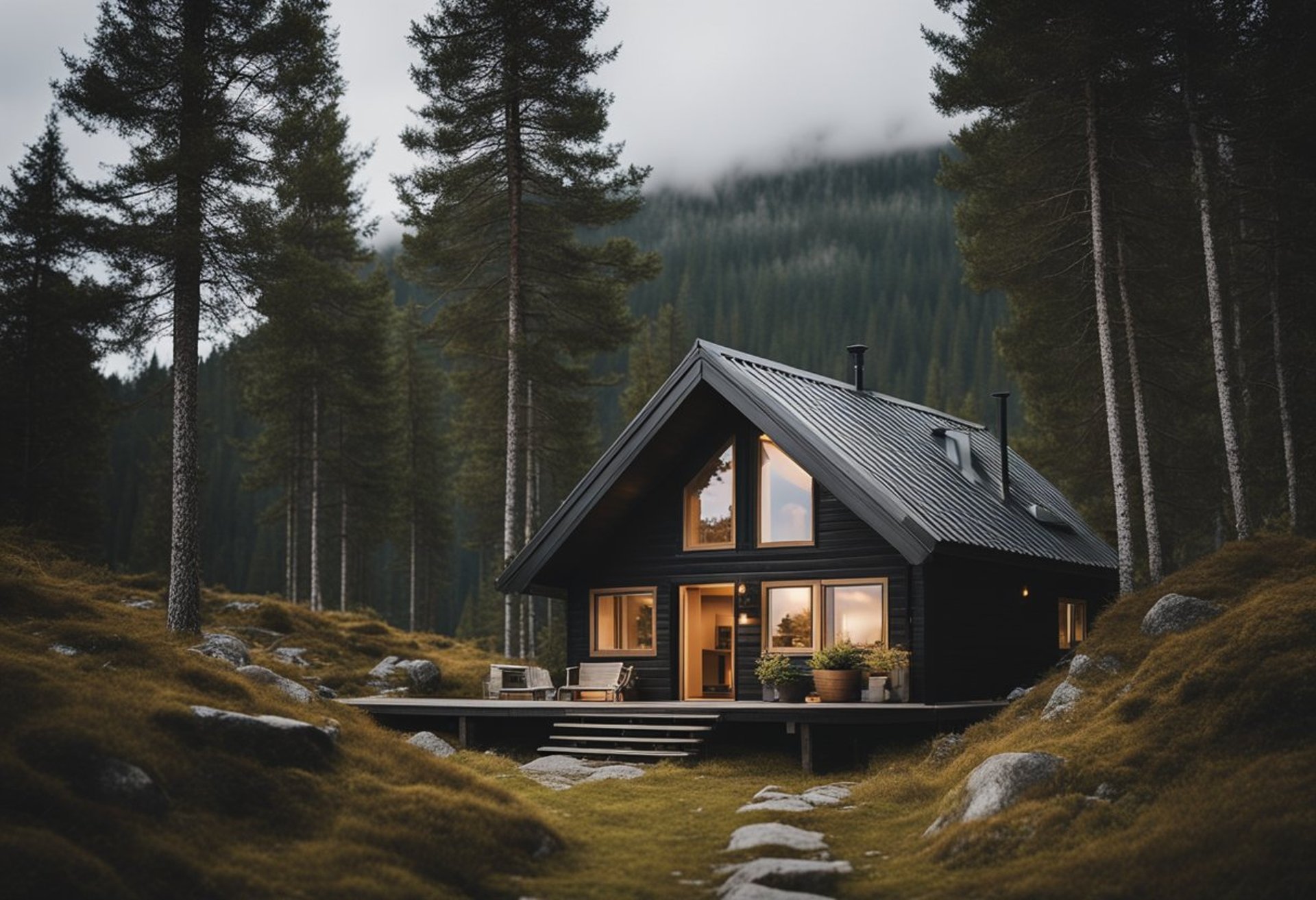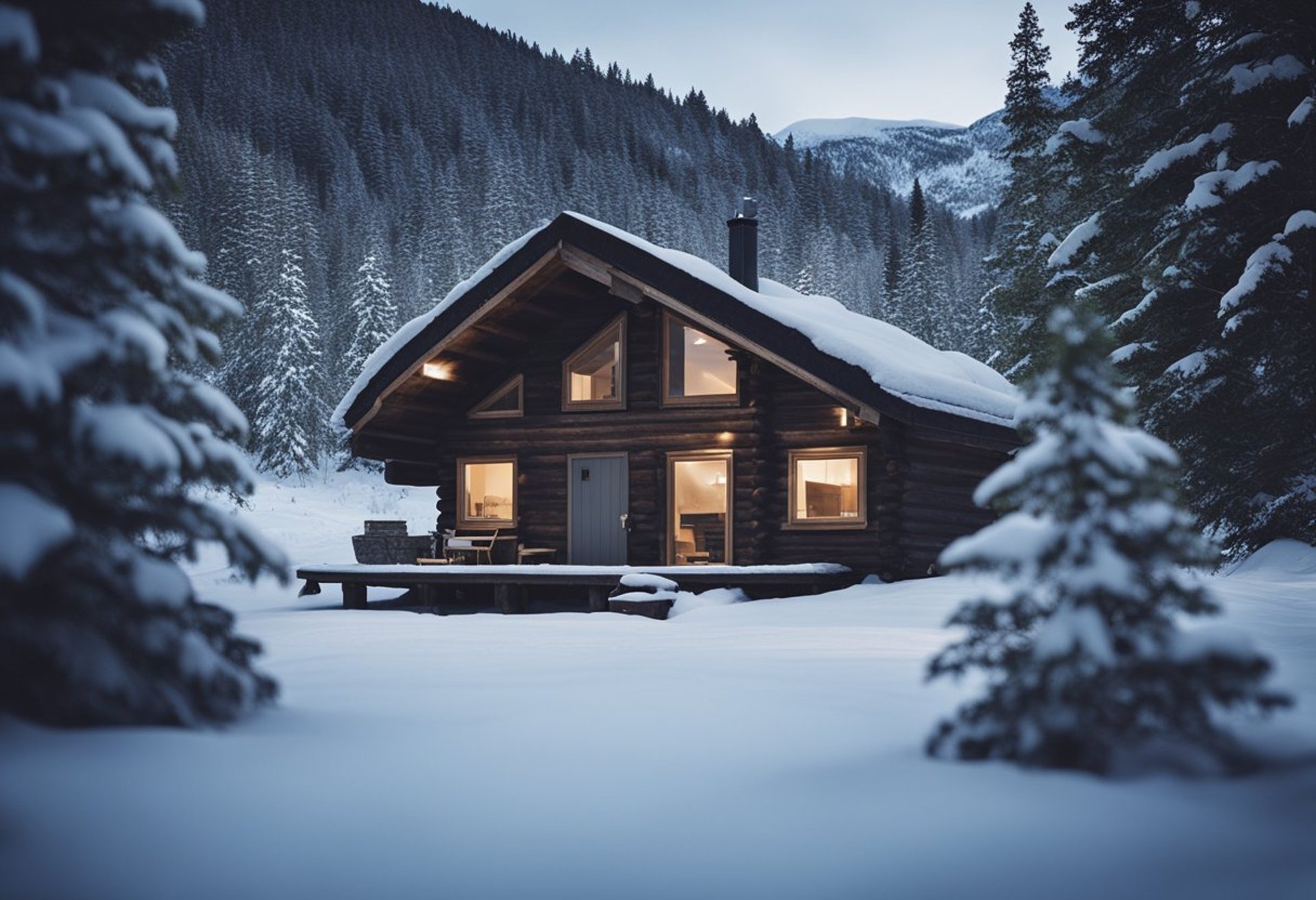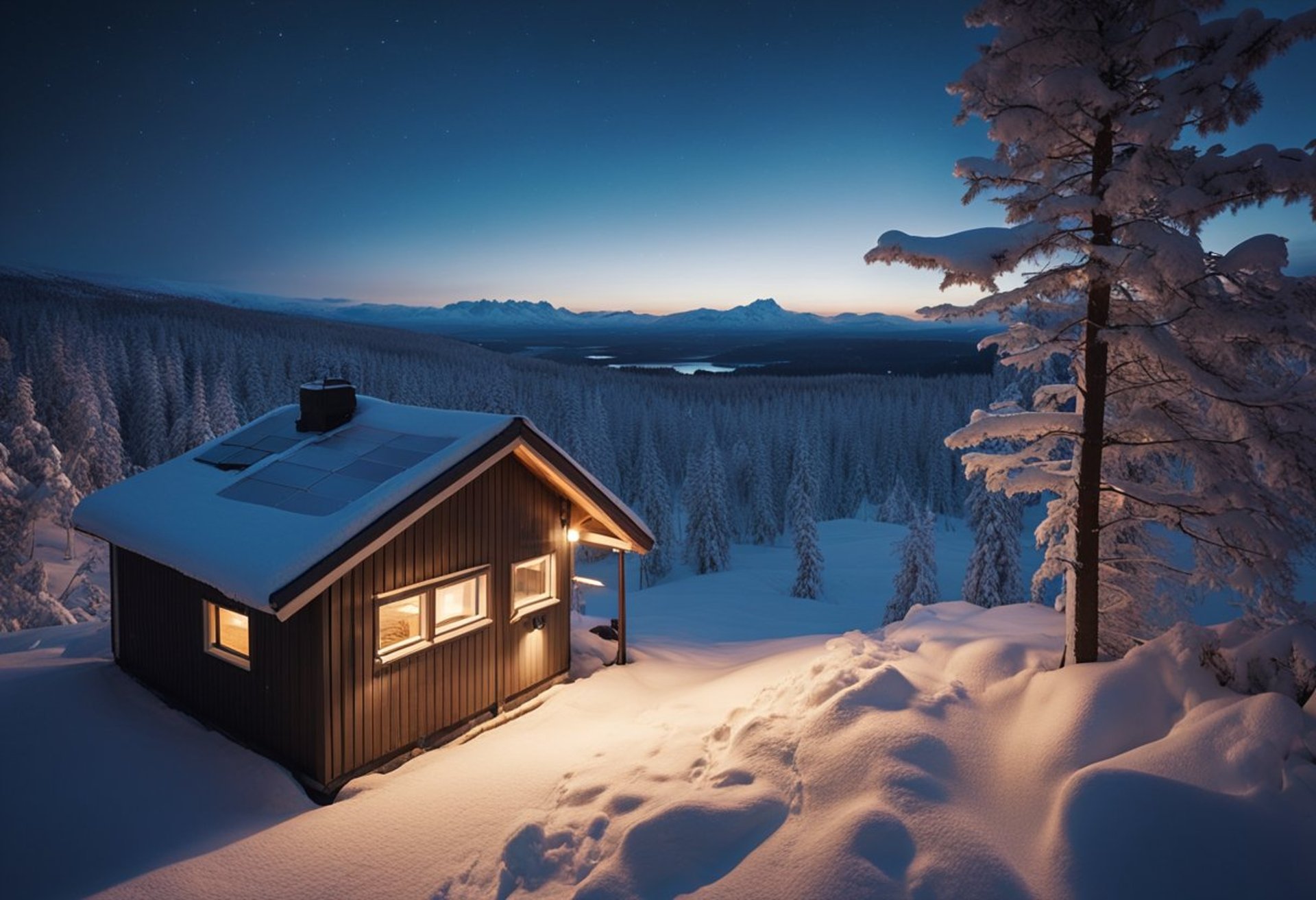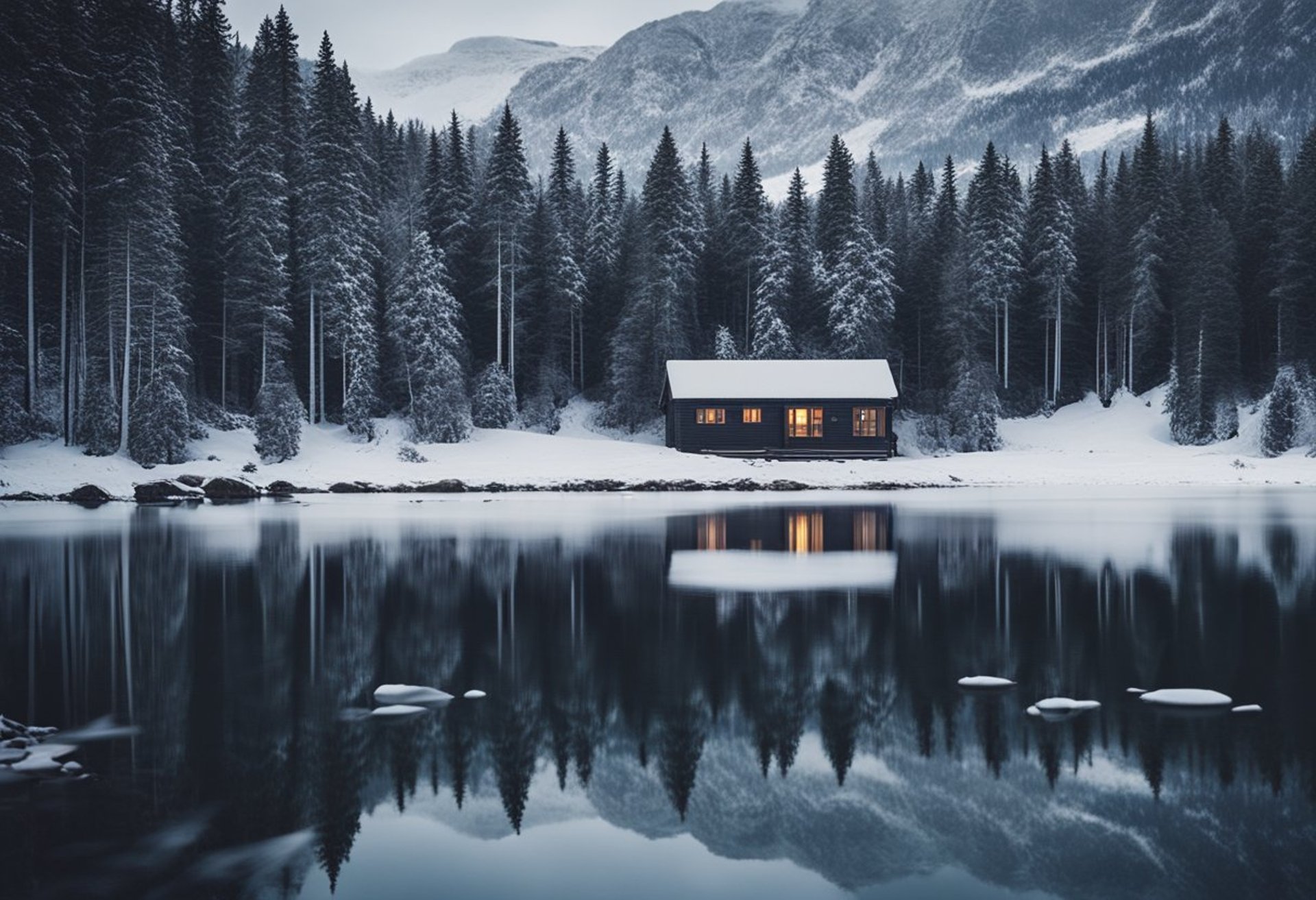9 Essential Things to Know About Off-Grid Living in Norway
Norway, with its breathtaking landscapes and commitment to sustainability, offers a unique backdrop for off-grid living. Whether you're drawn to the remote fjords, majestic mountains, or serene forests, off-grid living in this Nordic paradise can be incredibly rewarding. Here are nine essential things to know if you're considering making Norway your off-grid home.
9 Essential Things to Know About Off-Grid Living in Norway
Norway, with its breathtaking landscapes and commitment to sustainability, offers a unique backdrop for off-grid living. Whether you're drawn to the remote fjords, majestic mountains, or serene forests, off-grid living in this Nordic paradise can be incredibly rewarding. Here are nine essential things to know if you're considering making Norway your off-grid home.
1. Embrace Renewable Energy
Norway is a leader in renewable energy, primarily hydropower, which supplies a significant portion of the country’s electricity. For off-grid living, consider integrating solar panels or wind turbines. While the long summer days provide ample sunlight, winter months may require more robust energy solutions due to limited daylight.
2. Understanding the Climate
Norwegian weather varies significantly, with cold winters and mild summers. Prepare for the challenges posed by harsh winters, including heavy snowfall and freezing temperatures. Invest in proper insulation for your home and consider passive solar design to maximize heat retention.
3. Water Sources and Management
Access to clean water is essential for off-grid living. In Norway, you can often rely on natural water sources like streams and rivers, but always ensure proper filtration and purification. Rainwater harvesting is also viable, especially in the summer months, but make sure to comply with local regulations regarding water collection.
4. Building Regulations
Before embarking on your off-grid journey, familiarize yourself with local building codes and regulations. Norway has strict guidelines to ensure safety and environmental sustainability. Understanding these regulations will help you avoid legal complications and ensure your home is built to withstand local conditions.
5. Sustainable Practices
Sustainability is deeply ingrained in Norwegian culture. Consider implementing permaculture techniques in your gardening efforts, using organic practices, and minimizing waste. Composting and recycling are also essential components of a sustainable lifestyle in Norway.
6. Wildlife Considerations
Living off the grid in Norway means coexisting with diverse wildlife. Be aware of local species, including reindeer, moose, and bears. Properly manage food waste and secure your property to minimize unwanted animal encounters.
7. Community Connections
Norwegian communities, especially in rural areas, are often tight-knit. Building relationships with neighbors can provide invaluable support and local knowledge. Engage with local groups focused on off-grid living to share resources, skills, and experiences.
8. Transportation and Accessibility
Remote areas may have limited access to transportation. Consider how you will travel to and from your homestead. Owning a reliable vehicle equipped for rough terrain can be essential for reaching supplies or emergencies, especially during winter months.
9. Embrace Minimalism
Off-grid living often encourages a minimalist lifestyle. Focus on quality over quantity in your possessions, allowing for a simpler, more intentional life. Embracing minimalism will help you adapt to limited resources and foster a deeper connection with nature.
Conclusion
Off-grid living in Norway presents a unique blend of challenges and rewards. By understanding these nine essential aspects, you can better prepare for the joys of self-sufficiency and sustainable living in one of the world’s most beautiful countries. Embrace the journey, and enjoy the tranquility and connection to nature that Norway offers!

